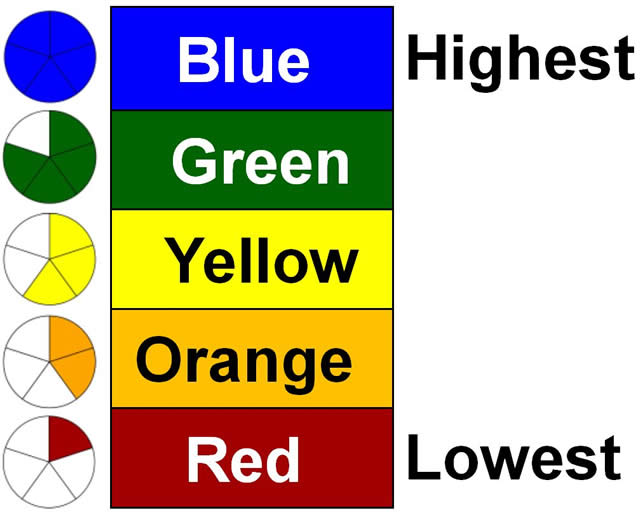State releases second report potentially more useful than its new dashboard

Separate from its new California School Dashboard, the California Department of Education has prepared another online resource that some school officials say may be more useful than the dashboard itself. It consists of color grids showing a breakdown of how every school in a district did on each performance indicator, with links to each school’s dashboard report.
The California Model Five-by-Five Placement Reports & Data, as the site is called, is a one-stop school comparison tool that will enable parents, teachers and district administrators to identify high-performing schools that could serve as models and low-performing schools as priorities for help in a district’s Local Control and Accountability Plan, or LCAP.
“The Five-by-Five reports are where most people will gravitate to for the most useful information,” said Sanger Unified Superintendent Matt Navo.
School districts’ overall performance could mask low-performing schools and student subgroups that the Five-by-Five reports would show. San Jose Unified, for example, scored in the top half of districts statewide in all five indicators on the state’s dashboard. It earned green ratings for its suspension and graduation rates, as well as for its English language arts and math test scores. It earned a yellow rating for English learner progress.
But the district’s Five-by Five reports revealed disparities among schools and subgroups. Pacific Islanders were ranked red on the math test and orange on the English test, while students with disabilities ranked red on the English test and orange on the math test, as well as in suspension and graduation rates. English learners ranked orange on suspension rates.
Six out of 39 district schools were rated orange in suspension rates, including five elementary schools and San Jose High School. That high school also earned an orange for its graduation rate of 83.7 percent and was among seven schools in the district rated red for English learner progress. Seven more district schools were State releases second report potentially more useful than its new dashboard | EdSource:














